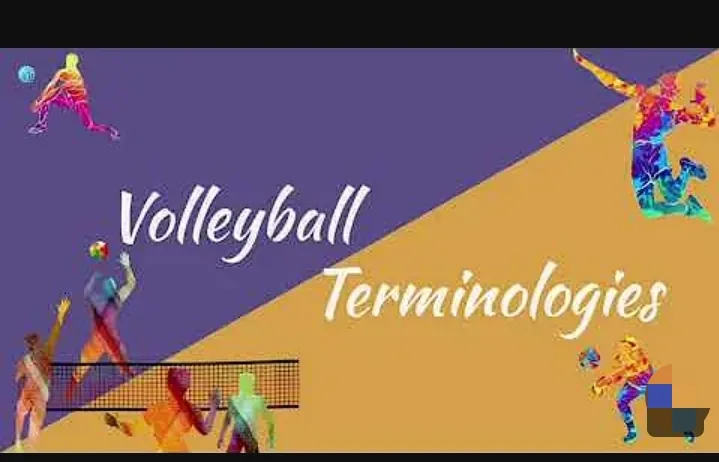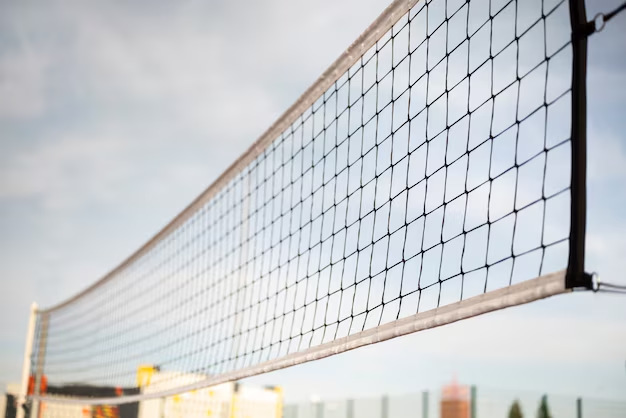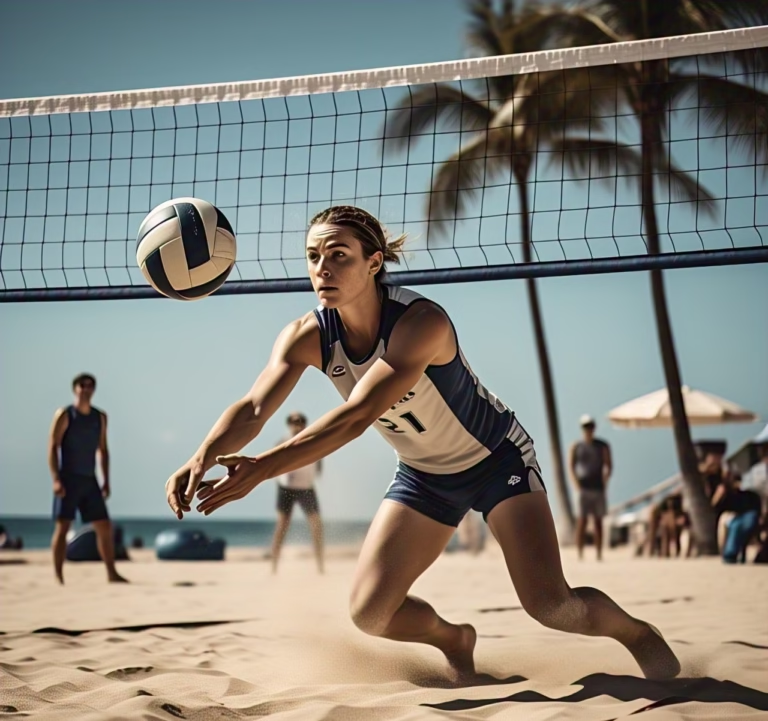Volleyball players positions in volleyball are the designated roles that players play while on the volleyball court. Each player is assigned a specific role/position.
How many Volleyball Positions are there?
They are divided into three primary groups: setters, defense, and offense. On the court, each position has a designated spot that is set and never changes.
The volleyball positions are six in total, these six positions are designated in different spots in the volleyball court.
Each individual on those spots is to work hand-in-hand to achieve success during a play. Volleyball demands serious athletic skill and moves quickly.
Which of these six positions you play will depend on your skill level and the area of the game in which you shine the most. This blog post entails an indebted breakdown of the six volleyball positions.
Volleyball positions on the Court.
There are six main positions on the volleyball court; they include Setters, Outside Hitter, Opposite Hitter, Middle Blocker, Libero, and Defensive Specialist.
1. Setters
The setter in volleyball controls the passing of the ball to all his other teammates. One of the most important requirements of a setter is excellent communication skills.
A communication skill to run plays and also lead the team to victory. Also a setter must understand the defense technique of his opponent team. If there is no setter in the team it would be more difficult to handle spikes.
2. Outside Hitter
The outside hitter is known to be the lead attacker in a play. They are involved in passing, defense, and attacking the ball. The outside hitter is also in charge of attacking and blocking on the left side of the court.
Both offensive and defensive skills must be mastered by an outside hitter. A proficient outside hitter possesses a blend of power, accuracy, and adaptability.
3. Opposite Hitter
The opposite hitter is also known as the right side hitter. The opposite hitter plays a crucial role in defense and offense, they’re positioned at the right side of the court with the responsibility of attacking and blocking in order to defend the opponent’s ball.
You must be wondering what is the difference between an outside hitter and an opposite hitter the main difference is the attacking and jumping skill.
4. Middle Blocker
The middle blocker is also known as middle hitter. The middle blocker has a duty to block the ball of an opponent’s attack. The main role of a middle blocker is to understand the attack of his opponent and readily block his attacks by raising his hand to block it.
5. Libero
Libero is positioned at the back of the court and is fully in charge in defending the attack from the opponents. They are always on the different color of jersey to fully distinguish them from other players.
Players in the Libero position must be agile, quick, and have a great mind-reading skill against his opponent.
Libero players are allowed to be substituted with back row players freely. Libero players are not allowed to attack the ball from the net and many more.
6. Defensive Specialist
The big difference between defensive specialist and other positions is the ability to substitute any players on the court. Usually concentrating on ball handling and passing, the defensive specialist gets along well with the libero.
Read also:
Note: Volleyball players positions can be changed as the game goes on. The main purpose of positions is to assign roles to tighten the defense against the opponent.
Each volleyball player is assigned a specific role/position that is suitable for them while the game goes on. The coach can decide to change positions or to substitute players.




